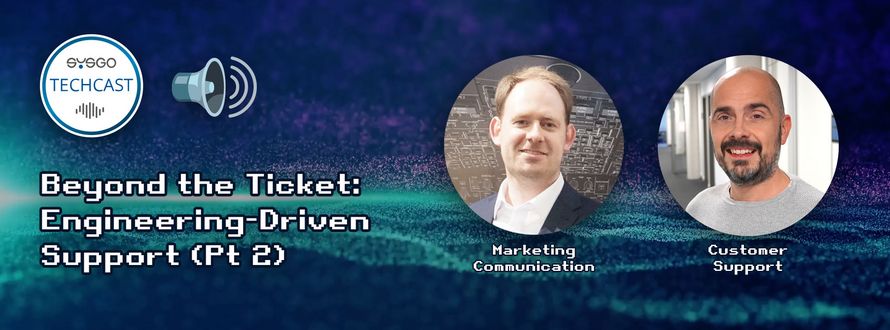For developers venturing into embedded real-time systems, success starts with equipping teams with the right tools, training, and strategic support. This TechCast outlines the essential workflow—from onboarding to future-proofing RTOS projects in an era of connectivity and AI.
The indispensable IDE: One Tool to rule them all
For newcomers to the RTOS platform, the integrated IDE (CODEO) is invaluable. Offering easy setup for partitions, memory configuration, communication channels, and debugging, it streamlines development from architecture design to application deployment. ELinOS Linux integration within the same workspace enables smooth synergy between RTOS cores and Linux-based applications.
More on CODEO More on ELinOS
Trainings: The Foundation for rapid Adoption
Hands-on training is vital for mastering the system’s concepts and workflows. Core training typically spans two days and includes practical exercises using the IDE. Additional modules—covering virtualization, device drivers, or operating-system personalities like POSIX or Linux—can be added to tailor the learning experience. Training culminates with ongoing support and access to documentation, FAQs, application notes, and tutorials.
Effective Support ticketing through Context and Clarity
Context is the lifeblood of efficient support. Tickets enriched with detailed background—including system setup, recent changes, and precise error behavior—help support teams rapidly isolate and resolve issues. This is particularly critical in embedded environments where subtle misconfigurations can cause cascading faults.
Anticipating the Challenges of Cloud & AI Integration
Embedded systems are no longer isolated—they are increasingly connected. Integrating cloud services or AI introduces new security, performance, and safety challenges. Validating data flows, ensuring secure partitioning, and preserving certification compliance amid external dependencies are essential design considerations for the future. The platform remains adaptable, with support aligned to evolving customer use cases and requirements.
Conclusion
Building effective real-time embedded systems hinges on combining powerful toolchains like CODEO, structured training programs, high-context support workflows, and forward-looking adaptability. As the industry evolves toward connectivity and AI, embedding security and flexibility at every stage ensures systems remain resilient, compliant, and ready for tomorrow.

